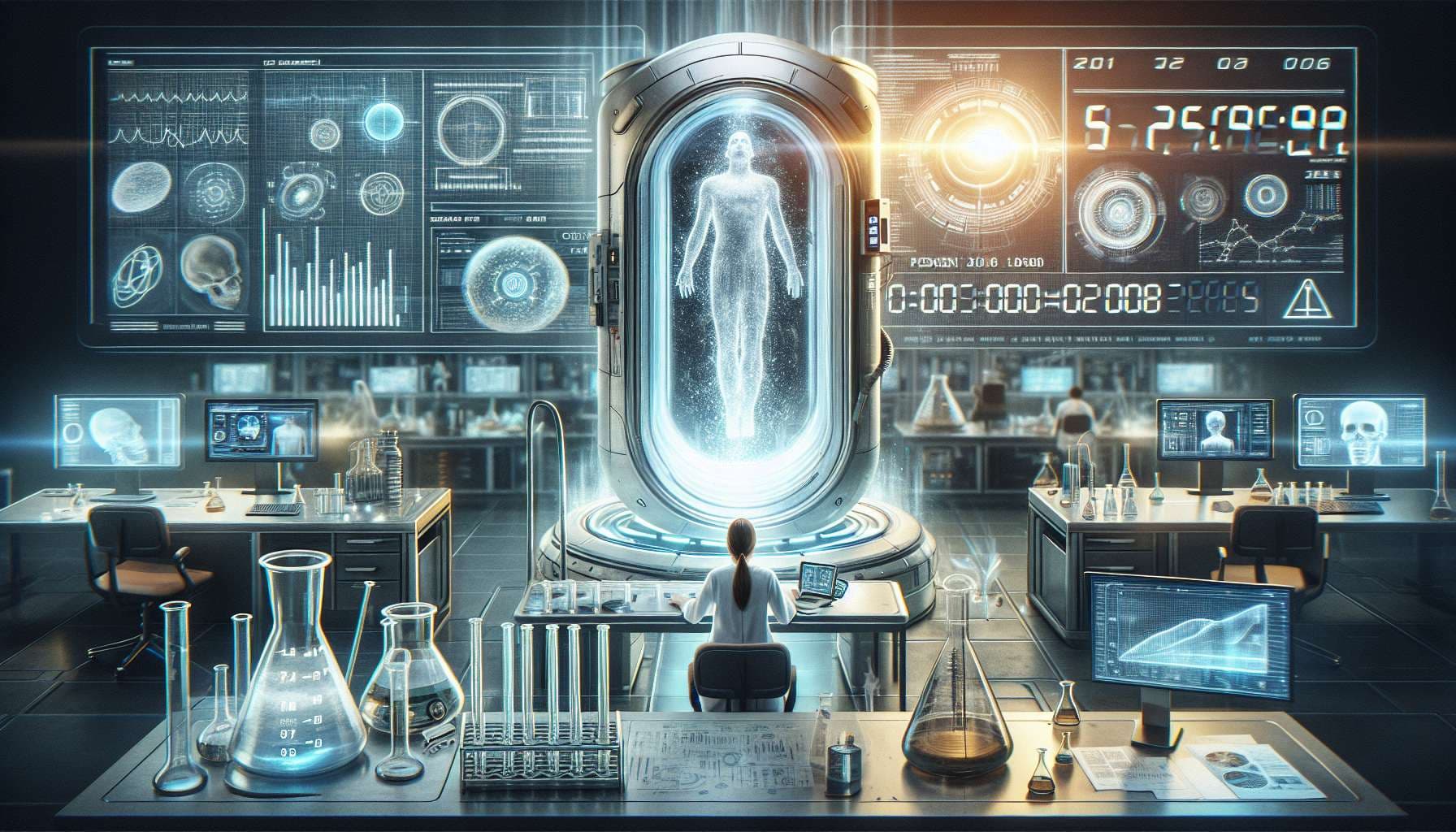
Suspended animation in humans involves a state where biological processes are dramatically slowed or halted for an extended period, allowing for storage with a known method for reanimation at the end of the procedure. Suspended animation differs significantly from current cryonics and other structural brain preservation methods, which do not have a known method for reversibility at the time of preservation.
A potential method for achieving suspended animation could be advanced whole-body vitrification, where perfused cryoprotectants are used to prevent ice damage with minimal cryoprotectant toxicity. The key challenge is to achieve this without substantial side effects, ensuring that individuals retain their cognitive abilities, long-term memories, personality traits, and typical motor functions upon revival.
This technology must demonstrated be through a scientific research publication prior to 2060, describing successful and reliable reanimation in at least three human participants, not solely extrapolated from results in other species. The publication requires peer review, either pre-publication or post-publication by at least one scientist who has reviewed the publication in-depth. (This could be me, as long as I am not involved in the research myself.)
Criteria for "Long-Term": The suspended animation procedure must be capable of lasting at least 30 years. This is based on the duration projected by Breakthrough Starshot for a journey to Alpha Centauri, because suspended animation would plausibly be used for interstellar space travel.
However, the suspended animation procedure does not actually need to be shown to work for that long in trials for this question to resolve YES. Instead, a biophysical argument could be made that the amount of time will be achievable. For example, via storage at temperatures below glass transition, or good evidence that vitrification has occurred, with minimal physical aging or other potential storage complications expected.
Reliability Standards: To be considered reliable, the suspended animation procedure must demonstrate a survival rate -- or an expected survival rate, based on available human data and extrapolations from other animal experiments -- of at least 99% upon reanimation. Reanimated people need to retain their fundamental cognitive abilities, long-term memories, and personality traits. There should be no known significant effect on expected longevity, based on animal experiments and post-reanimation profiling of participants, although this might not be fully known at the time of publication, and does not have to be exhaustively shown for the question to resolve YES. Other side effects -- for example, requiring medication upon reanimation -- are permissible as long as they do not result in significant cognitive impairment or personality changes or prevent long-term functioning.
Applicability: The procedure does not need to be universally applicable to all humans and may involve preparatory genetic engineering or other pre-conditioning steps. However, such prerequisites must be feasible and a part of the demonstrated protocol.